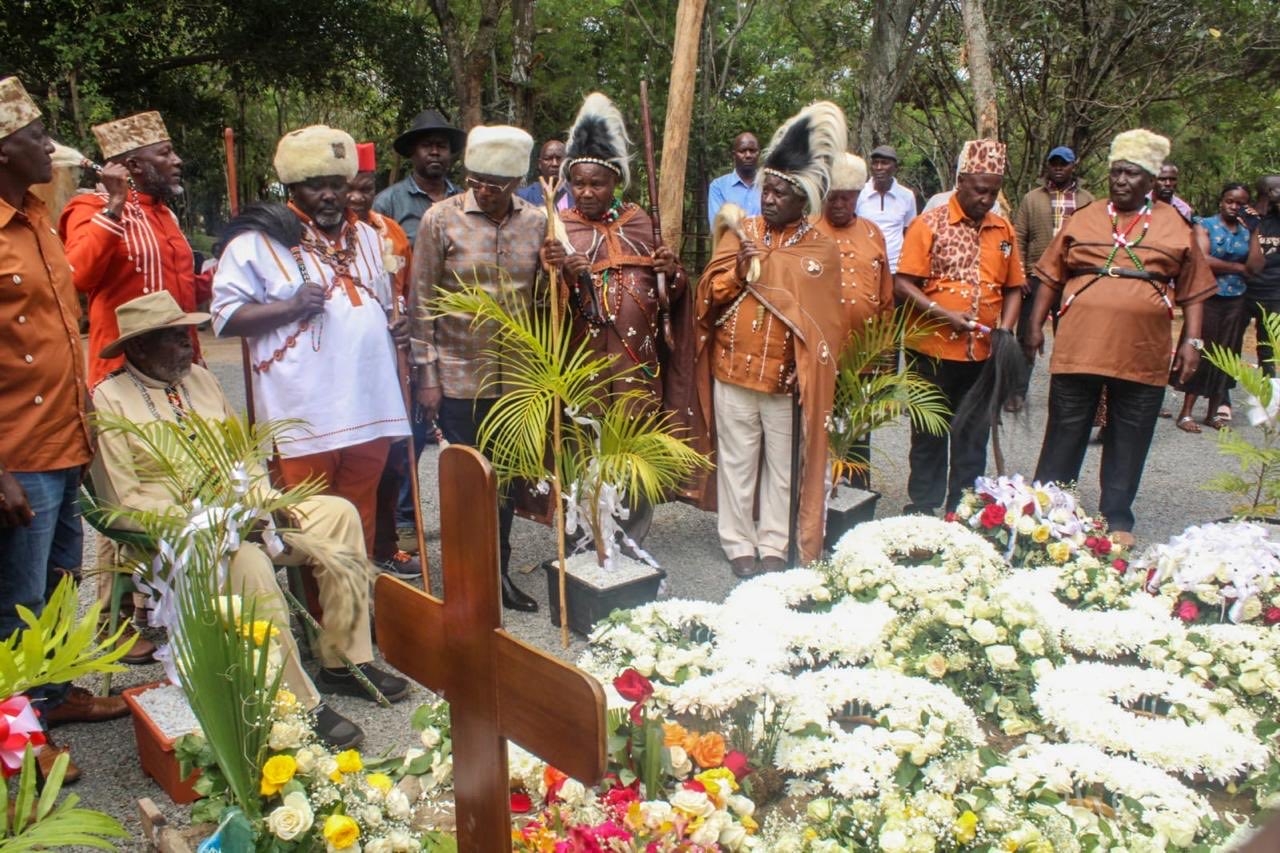Elderly women struggling with joint and muscle illness were the biggest beneficiaries of a policy to end walk-in admissions at the Kenyatta National Hospital.
They could hardly get a chance at the orthopaedic wards because most beds were taken up by young men injured in motorbike accidents.
Mohammed Badi, director of the moribund Nairobi Metropolitan Services, spearheaded the campaign to end walk-in admissions after building 24 new level 2 and 3 health facilities.
The policy was strictly enforced in late 2021 but broke down in 2022 toward the election.
An analysis of patterns during the five months of enforcement in 2021 and 2022 shows the policy led to a significant shift in orthopaedic admissions.
It reduced the number of walk-ins and increased the proportion of patients admitted through formal referrals from other facilities, according to a recent study published in Plos One.
“The proportion of emergency admissions declined while that of elective admissions increased after the enforcement of the national referral guidelines. The increase in elective cases was mainly driven by the increase in female admissions with active insurance cover, tertiary education, non-trauma related conditions and older age groups,” researchers said after analysing records before and after policy enforcement.
Results of the study titled 'Effect of Enforcement of the National Referral Guidelines on Patterns of Orthopedic Admissions to Kenyatta National Hospital, Kenya: Pre-post intervention Study," were published last week.
About half of orthopaedic and trauma patients at KNH are referred from lower-level facilities, while 49.9 per cent are walk-ins.
Most patients come from Nairobi, Kajiado, Machakos and Kiambu counties.
The Kenya Health Sector Referral Implementation Guidelines in 2014, indicate that patients should first go to lower-level facilities, and only complex cases should be referred to KNH.
The researchers, from KNH and the University of Nairobi, said the orthopaedic department saw positive results as walk-in bone fracture patients reduced.
The walk-in admissions, for all conditions, dropped from 54.9 per cent to 45.1 per cent after the guidelines were enforced.
Concurrently, the proportion of facility referrals increased from 46.6 per cent to 53.4 per cent, a statistically significant shift that aligns with the goals of the referral guidelines.
“The enforcement of the national referral guidelines was associated with an increase in admissions through clinics as opposed to accident and emergency,” the study notes.
The shift also allowed old women with joint, muscle, and nerve problems to find space in the orthopaedic wards.
Previously most orthopaedic patients were young men who were victims of traffic crashes and falls.
The proportion of non-trauma orthopaedic admissions—typically elective cases such as degenerative musculoskeletal disorders—doubled from 12 per cent to 22.4 per cent of all admissions.
This increase was largely driven by older patients, particularly women with active insurance cover, a tertiary level of education, and non-trauma-related conditions.
“These patients were admitted mostly through the clinics. This reinforced the finding that the proportion of non-trauma-related admissions increased after enforcing the national referral guidelines,” the authors said.
However, despite the positive outcomes associated with the enforcement, the study also identified areas where the implementation fell short.
One key issue was the continued low use of official formal written referral letters. "The study showed low use of referral letters. One-half of the facility referrals had written referral letters," the researchers observed, suggesting that many referrals were still being made verbally, often via telephone, rather than through formal documentation.
The authors also noted a decline in emergency admissions through the A&E department, from 84.7 per cent to 73.4 per cent.
While A&E admissions still represent a major entry point for orthopaedic patients at KNH, the reduction reflected a shift towards managing less urgent cases at lower-level facilities, as intended by the referral guidelines.
"The decreases in emergency admissions reflect the fact that these patients may have been handled at lower-level facilities as opposed to being referred to KNH post enforcement of national referral guidelines," the study stated.
The authors are Maxwell Omondi, Joseph Mwangi, Fred Sitati and Herbert Onga’ngo.












